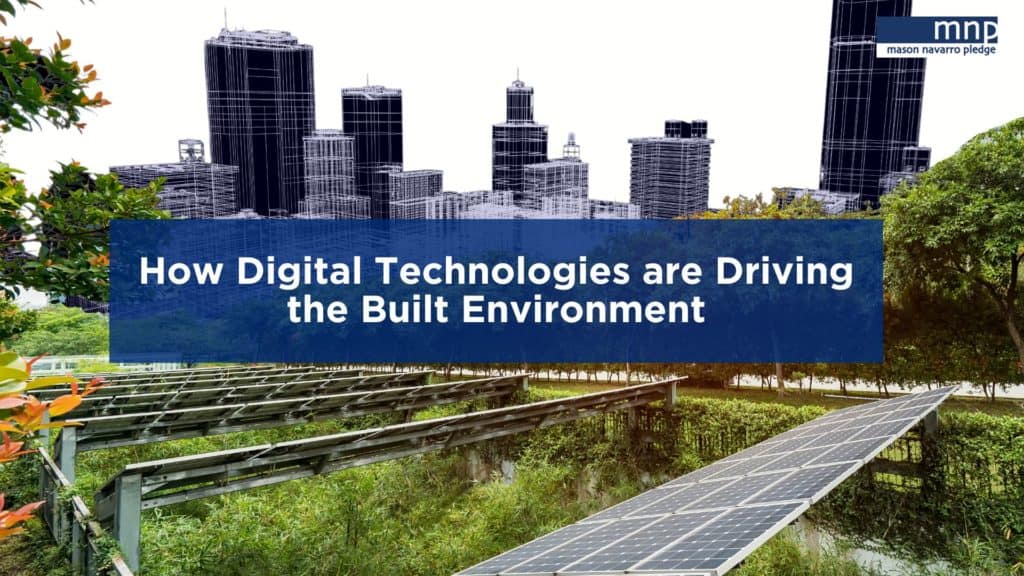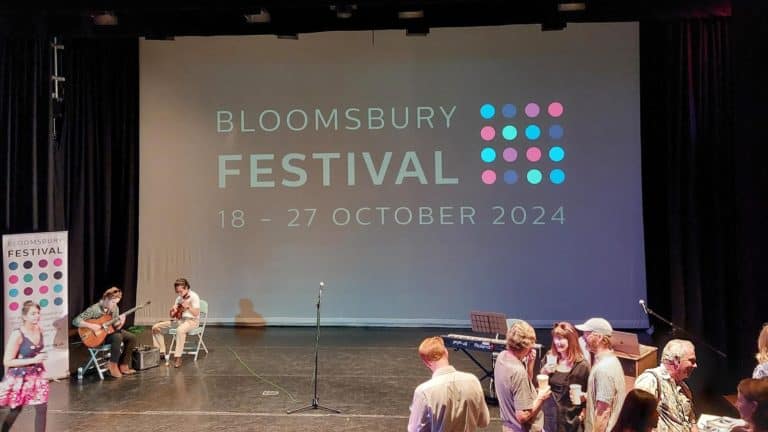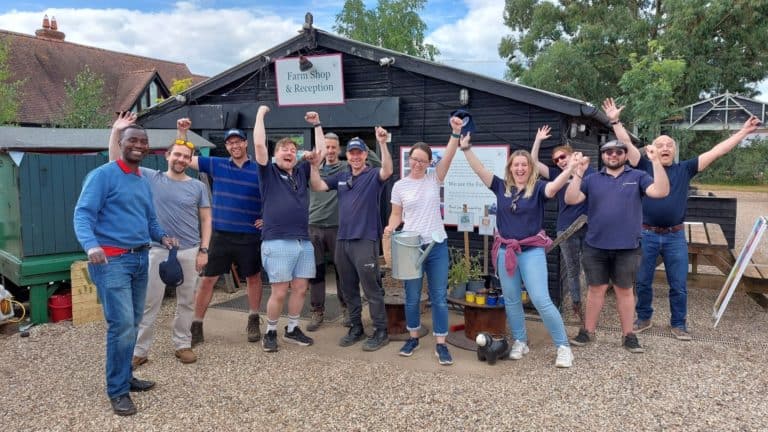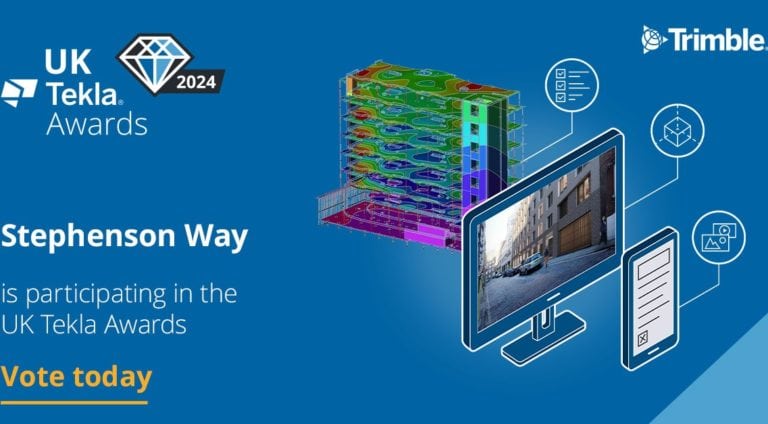
17 May 2022
Share
How digital technologies are driving innovation in the built environment
#DigitalConstruction
Often the skills connected with construction roles were thought of as “traditional skills” that we recall hearing stories about from when we were younger. These skills often involved a physical element of labour and tools that needed a degree of manual intervention. Whilst it is still true that working practices need human intervention of some sort, the rise of digital technologies has helped the construction sector move forward and create more sustainable working practices, and importantly, new roles.
The use of digital technologies in the construction industry has given a boost of pace with the somewhat forced digital adoption during the recent COVID-19 pandemic. Businesses that were trialling new software and technologies found their plans being implemented overnight. The increased use brings with it real benefits to the industry, enabling it to become more efficient, improving productivity, and providing an opportunity for it to increase its appeal to a younger and more diverse talent pool.
We know from CITB research that over the next three years the construction industry will need to recruit 43,000 people a year and this is not taking into consideration those who are likely to retire also during this timeframe. We also know from our own recent recruitment programmes that it is imperative for young people leaving schools, colleges and universities to learn industry-relevant digital skills in order to excel in their careers.
The industry has moved forward in giant steps and technology is no longer seen as just an add-on to the day job. It’s very much at the heart of being an engineer; from using drones for detailed analysis of existing buildings or using BIM to fully visualise our designs. Developing digital literacy skills needs to include the relevant knowledge, skills and confidence to work in the construction industry, as this allows us to be more efficient in our day-to-day work and go further with our designs.
These digital technologies also allow us to create a more sustainable future through the use of digital twins. A digital twin is a realistic recreation of something physical, like a building we are looking to work on as part of a new project. In this digital environment, we can then test different types of materials and identify areas of improvement to deliver optimal results. These in turn can then be added to the National Digital Twins database which hopes to generate approximately £7 billion of value per year from cost savings and efficiency gains.
Digital technologies aren’t just for large scheme new builds. They can also help us transform existing structures, which is the best route for lowering carbon emissions on projects. For example, in our award-winning design of 10 Greycoat Place, we had to overcome the constraints of working with a historical building and very tight vertical and horizontal deflections. Our design on Tekla was crucial to the success of the project, as it enabled us to maintain the feel and design parameters of the existing structure and ensured the scheme achieved a high level of quality whilst meeting the clients’ requirements.
At Mason Navarro Pledge our ethos is to bring this thoughtful approach to every design for all our projects, and digital technologies continue to play a key part in our ability to help identify ways to maximise the design while maintaining project budgets.




